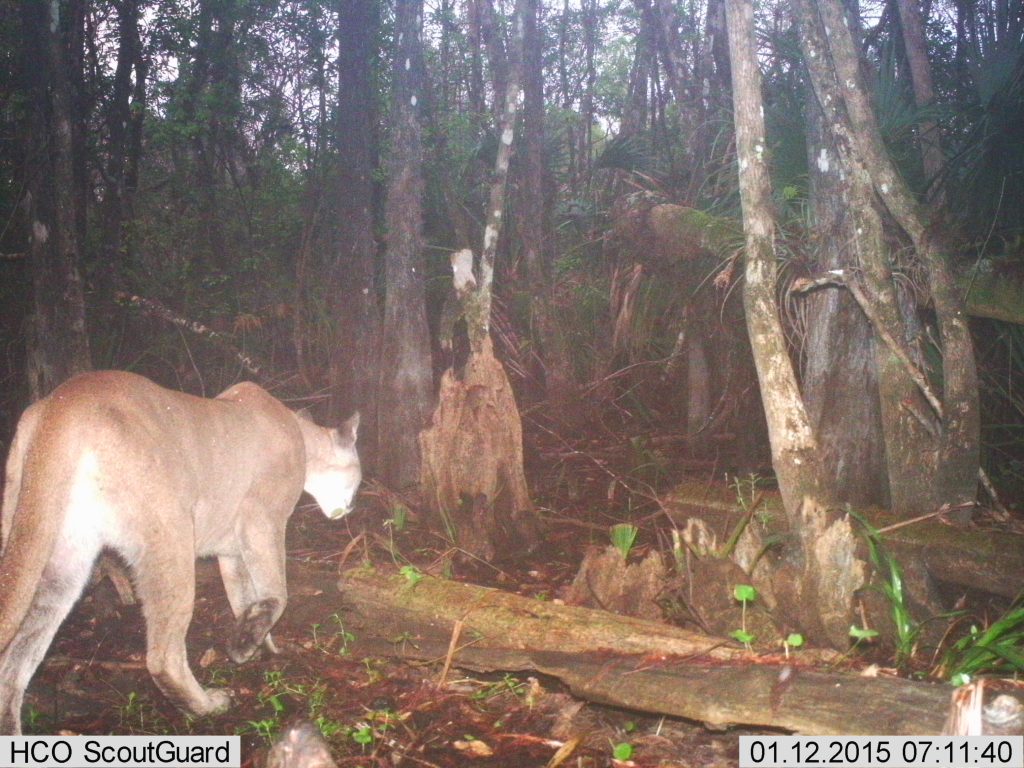All of the research conducted in our lab follows the same general approach. We use theory from population ecology, metapopulation ecology, and landscape ecology to develop hypotheses about the effects of management actions on animal population dynamics. We evaluate these hypotheses by first formalizing them as statistical models, and then fitting these models to data from carefully designed field studies and experiments. This process often requires the development of new statistical models, which is one component of our lab’s program.
The following is a list of some of the major themes we work on, with links to specific projects:
(Meta)population viability
A central challenge faced in applied ecological research is to understand how populations will respond to future environmental change, including change resulting from management actions. Population viability analysis provides a framework for addressing this challenge, but traditional PVA methods don’t adequately account for spatial and temporal variation in demographic rates, and they typically ignore parameter uncertainty. Bayesian methods and spatial models overcome these issues, and we use these tools to forecast future outcomes under various environmental change scenarios. When embedded in a formal decision analysis context, this approach can be used to identify optimal conservation actions.
Projects
Trailing-edge populations
All species’ distributions shift in time, but the rate of change is increasing as a result of rapid shifts in land use and anthropogenic climate change. Populations at the trailing edge of a shifting distribution may become extinct if they are unable to track climate change via dispersal. Loss of these trailing-edge populations could negatively affect regional biodiversity and genetic diversity because they are often genetically distinct from populations in other portions of the range. This is especially true in the southern Appalachian Mountains where many trailing-edge populations occur. Our lab is conducting research to understand the factors influencing the dynamics, viability, and genetic structure of trailing-edge populations in this region.
Projects
Spatial predator-prey dynamics
Management of many species is hardly possible without considering the target species’ predator(s) or prey. As well-developed as the theory of predator-prey dynamics is, methods to actually apply the theory are limited due to the computational challenges faced when modeling coupled space-time processes. These obstacles can now be overcome to some extent, and we are developing and applying novel methods to use predator-prey theory to inform management decisions.
Projects


Deer population dynamics in the Florida panther range
Conservation and Agriculture
Agriculture is the primary land use throughout much of the world, and the demands for agricultural products continue to increase with concomitant increases in population size and standards of living. In addition, traditional agricultural practices have given way to intensified production systems that often remove all native vegetation. Meeting the demands for agricultural products while conserving native biodiversity is therefore an extremely challenging problem, but we see opportunities in coupling high-yield methods with explicit conservation offsets and market-based incentive programs. Our lab is studying such systems so that they can be implemented to benefit farmers and biodiversity.
Projects
Hierarchical modeling
Hierarchical models are the ideal tool for drawing inferences about conditionally related ecological processes. They can also be used to account for various sources of observation error (e.g. imperfect detection) that are associated with most ecological datasets. Our lab routinely applies and extends these tools to evaluate hypotheses and predict the effects of management actions on population dynamics.
Projects






